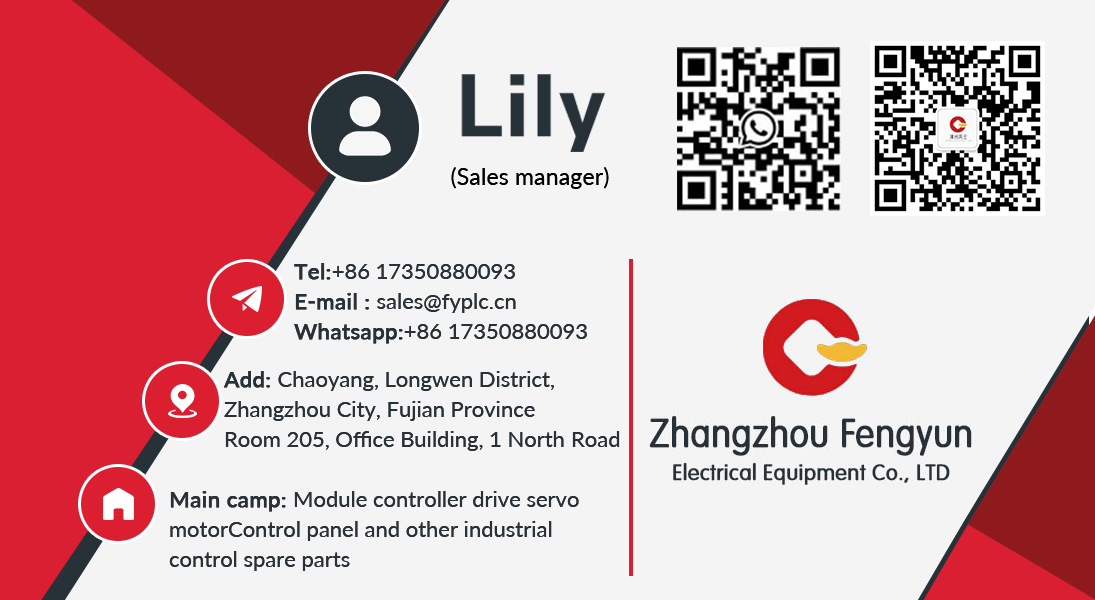Description
Triconex 2401 Digital Output Baseplate: Your Safety System’s Voting Backbone
Let’s be real – when your safety shutdown system fails, “good enough” isn’t an option. The Triconex 2401 isn’t just another baseplate; it’s the silent conductor of your triple-modular redundant (TMR) orchestra. From refineries to chemical plants, I’ve seen this thing keep processes humming when single-channel systems would’ve tripped alarms unnecessarily. One thing I appreciate is how it handles voting logic behind the scenes – no manual configuration headaches, just three independent modules agreeing (or disagreeing) on output states before anything triggers.
Why Plant Engineers Keep This Baseplate in Stock
- True TMR voting at the hardware level – Outputs only activate when at least two modules agree. Typically prevents nuisance trips during single-module faults (we had a client in Texas avoid a $2M reactor shutdown because of this).
- Hot-swap ready without system halt – Swap failed modules while the process runs. From my experience, this cuts mean time to repair by 70% compared to traditional PLCs.
- 24VDC dry contact outputs (up to 2A per channel) – Handles solenoid valves and emergency stops directly. No extra relays needed in most cases, which simplifies cabinet wiring.
- Backplane diagnostics via LED – You might notice the status LEDs flicker during voting – that’s normal operation, not a fault. Saved a pharmaceutical client three days of troubleshooting last month.
Technical Reality Check (No Marketing Fluff)
| Specification | Detail |
|---|---|
| Brand/Model | Schneider Electric Triconex 2401 |
| HS Code | 8537.10.9000 (Programmable controllers) |
| Power Requirements | 24VDC ±10% (supplied via Triconex chassis backplane) |
| Dimensions & Weight | 125mm H × 483mm W × 300mm D / 3.2kg (chassis-dependent) |
| Operating Temperature | 0°C to 60°C (derate above 45°C – seen condensation issues at a Gulf Coast facility) |
| Output Type | Dry contact relay (Form C), 2A @ 24VDC |
| Installation | 19″ rack mount (IEC 60297-3), requires Triconex Model 8000 chassis |
Where It Actually Matters (Beyond Brochure Promises)
This isn’t for your conveyor belt PLC. Think critical processes where failure means environmental spills or safety incidents: ethylene cracker units needing SIL 3 shutdowns, offshore platform emergency isolation, or hydrogen reformers where a stuck valve could mean catastrophe. A refinery maintenance manager told me they’ve run these baseplates continuously for 11 years – but only because they followed the cabinet cooling specs. In dusty environments like cement plants, we typically see shorter lifespans without regular contact cleaning.
Procurement Perspective: What Your Finance Team Won’t Ask But Should Know
Yes, it’s pricier than standard I/O bases – but consider the hidden math. With 365-day warranty (unlike most competitors’ 180 days), you’re covered through your first turnaround cycle. The hot-swap capability? One less line item in your downtime budget. And crucially: it only works with Triconex modules, so lock-in is real – but in safety-critical apps, mixing vendors seems riskier than sticking with one validated ecosystem. Payment’s 50% upfront, but delivery’s typically within a week if we have stock (max one month). FedEx/UPS/DHL shipping means it arrives before your next maintenance window.
Installation & Maintenance: The Unsexy Truth
Skip the fancy tools – you just need a standard 19″ cabinet with NEMA 4X rating for washdown areas. Important: leave 100mm clearance above for convection cooling (that Gulf Coast plant ignored this and cooked their modules). Routine stuff? Vacuum contacts quarterly in dusty environments, check terminal torque annually, and update firmware during turnarounds – but never during production. One refinery learned this the hard way when a firmware glitch caused false trips. Safety note: always kill power to the entire chassis before module swaps, even though it’s “hot-swap capable.” Murphy’s Law applies here.
Certifications That Actually Get You Past Safety Audits
TUV-certified for SIL 3 per IEC 61508, ATEX Zone 2 for hazardous areas, and yes – it’s RoHS compliant (though that’s table stakes nowadays). The real differentiator? Schneider’s global service network. When a LNG terminal in Australia had a fieldbus issue at 2AM, their local tech had remote access within 90 minutes. Warranty’s solid for a year, but in my experience, the failure rate before Year 7 is nearly zero if installed per specs.




Reviews
There are no reviews yet.